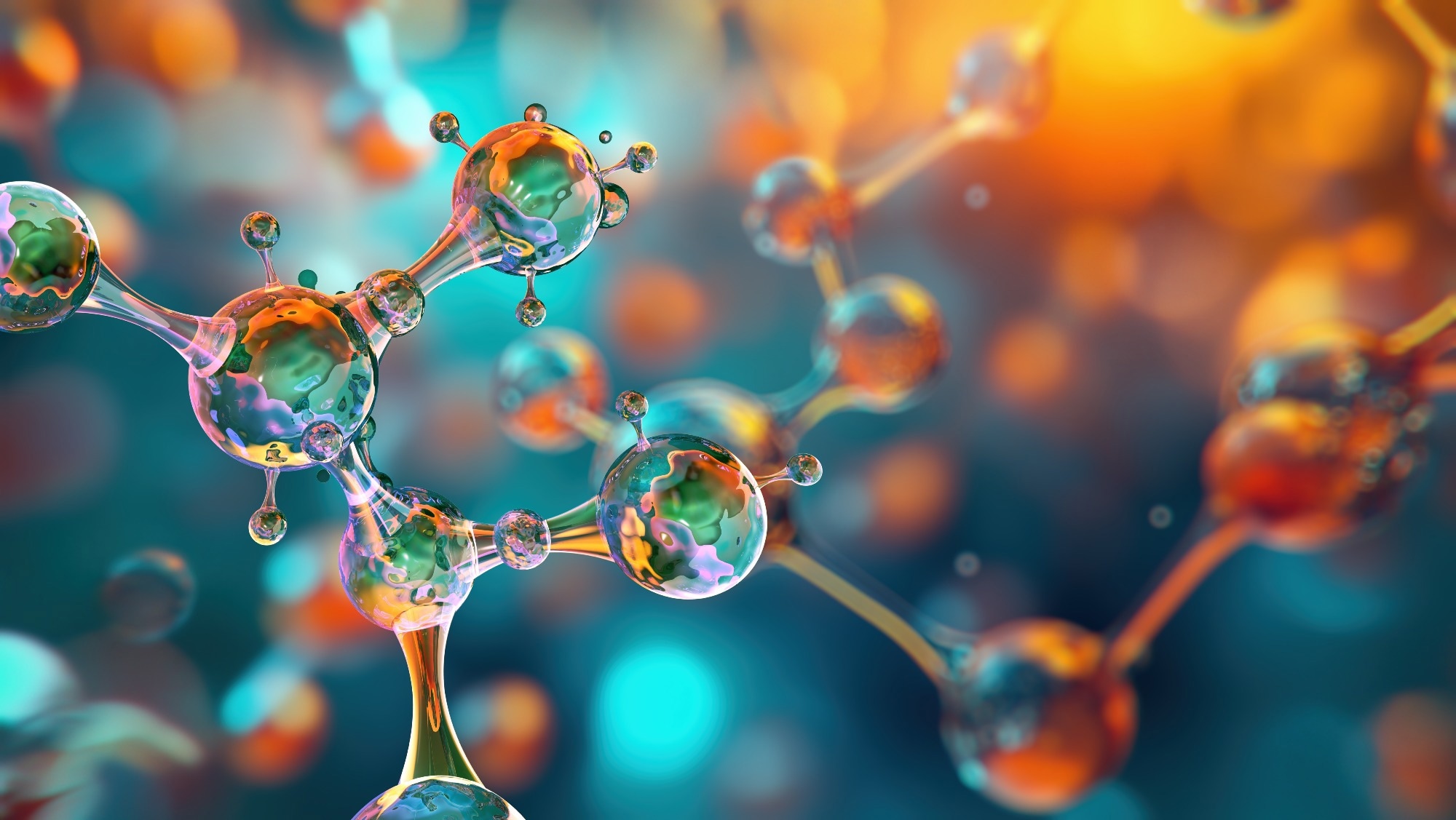Discover how 3D biology, automation, and AI are revolutionizing drug discovery, improving predictive accuracy, and accelerating research.
Can you introduce yourself and tell us about your role at Molecular Devices?
My name is Oksana Sirenko, and I am a Senior Scientist at Molecular Devices. Our company specializes in developing instruments and reagents for biological research. Our mission is to empower scientists by providing tools that support innovative scientific discoveries and ultimately enhance the quality of life. In my role, I focus on high-content imaging, automation, and advanced cell-based assays, with a particular emphasis on 3D biology and drug discovery applications.

Image Credit: Corona Borealis Studio/Shutterstock.com
Why is 3D biology gaining so much attention in drug discovery and disease modeling?
One of the biggest challenges in drug discovery is the high failure rate of drug candidates in clinical trials - approximately 90 percent fail. This is largely due to the limitations of 2D cell cultures and animal models, which often do not accurately replicate the complexity of human tissues. In contrast, organoids and other 3D models better mimic human biology, offering more predictive platforms for drug screening, toxicity assessment, and disease modeling.
What are some of the key advantages of organoids over traditional 2D cell cultures and animal models?
Organoids offer several key advantages over traditional models. They provide better biological relevance by replicating the structural complexity, organization, and functionality of human tissues. Their higher predictive accuracy bridges the gap between simple cell-based assays and whole-organ systems, making them more valuable for drug discovery. Organoids are also more cost-effective than animal models, offering faster and higher-throughput screening. Additionally, patient-derived organoids enable personalized medicine by allowing scientists to test drug responses on models derived from individual patients.
What are the major challenges that prevent wider adoption of organoid technology?
Despite their potential, organoids face several barriers to broader adoption. Culturing organoids is labor-intensive and time-consuming, often requiring significant expertise and manual handling. Technical complexity is another hurdle, as processes like seeding, feeding, passaging, and monitoring demand high precision. Reproducibility remains a challenge, with difficulty in standardizing organoid formation across multiple wells or plates. Scalability is also an issue, as adapting organoid models for high-throughput screening is still evolving. However, advances in automation, high-content imaging, and machine learning-based analysis are helping to overcome these challenges.
How is automation helping to address these challenges in organoid research?
Automation plays a crucial role in overcoming the challenges associated with organoid research by simplifying workflows and improving reproducibility, scalability, and overall efficiency. New technologies now enable automated cell seeding, feeding, and passaging, which reduce the need for manual labor. Automated media exchange maintains consistency while preserving organoid integrity. High-throughput imaging and real-time analysis provide valuable insights into organoid development. Additionally, machine learning-driven decision-making allows software to guide experimental timing based on image analysis. These capabilities are making 3D biology more accessible for large-scale research and drug discovery.
Can you describe the CellXpress.aiTM Automated Cell Culture System and how it enhances high-throughput 3D biology workflows?
The CellXpress.ai system is an automated platform designed to streamline and scale organoid workflows. It integrates an automated incubator, a liquid handling system, a high-content imager, and a robotic elevator for plate movement. This comprehensive setup enables full automation of complex processes such as cell seeding, feeding, passaging, imaging, and data analysis. Researchers can create customizable workflows, control pipetting speeds and volumes, and adjust protocols in real time based on imaging results. This level of automation enhances reproducibility, improves efficiency, and enables researchers to run multiple protocols simultaneously, making it a powerful solution for high-throughput drug discovery.
What role does high-content imaging play in studying organoids, and how does it compare to 2D imaging methods?
High-content imaging is essential for studying organoids because it delivers detailed 3D insights that 2D imaging methods simply cannot provide. Techniques like confocal imaging allow researchers to penetrate organoid structures and visualize internal features. This enables the generation of 3D image stacks for volumetric analysis and allows for characterization of organoid shape, size, and density over time. Researchers can also analyze individual cell populations within an organoid to monitor viability, proliferation, and phenotypic changes. These capabilities significantly enhance drug screening, toxicity assessments, and disease modeling, making organoids more practical and powerful for pharmaceutical research.
How can functional assays, such as calcium flux analysis, provide deeper insights into drug effects on 3D models?
Functional assays allow researchers to observe physiological responses in real time, offering insights that go beyond structural or viability assessments. Calcium flux analysis is especially valuable in specific organoid models. In cardiac organoids, it can measure beat rate, amplitude, and rhythmicity, helping to evaluate how drugs affect cardiac function. In neurospheroid assays, calcium flux can detect neuronal oscillations, offering insights into the effects of neuroactive drugs. Additionally, irregular calcium signaling can serve as an early indicator of cytotoxicity. These kinetic measurements provide a more comprehensive view of drug effects than static endpoint imaging.
What are some examples of real-world applications where automated organoid workflows have improved research outcomes?
Automated organoid workflows have significantly advanced research in several key areas. In cancer research, patient-derived tumoroids are used to evaluate drug responses in a personalized medicine context. Neurospheroids are being applied in neurodegenerative disease modeling to study potential treatments for conditions such as Alzheimer’s and Parkinson’s disease. In the area of cardiotoxicity screening, high-throughput assays using cardiac organoids are improving the evaluation of drug safety for conditions like heart failure and arrhythmia. Liver organoids are also gaining traction as alternative models for pharmaceutical toxicology, reducing reliance on animal testing. Automation enables the scalability of these applications, accelerating discoveries while reducing cost and variability.
Where do you see the future of 3D biology and automation in drug discovery?
The future of 3D biology lies in the integration of fully automated, AI-powered platforms that combine automated culture and screening workflows with advanced imaging and machine learning-based analysis. These systems will also incorporate functional assays to provide deeper insights into cellular behavior. Personalized medicine will benefit significantly as patient-derived organoids become a routine part of drug testing. By moving away from outdated 2D and animal models toward human-relevant, high-throughput systems, we can accelerate the pace of drug discovery, improve translational success, and ultimately deliver better outcomes for patients.
Watch the Accompanying Webinar
About Molecular Devices UK Ltd
Molecular Devices is one of the world’s leading providers of high-performance life science technology. We make advanced scientific discovery possible for academia, pharma, and biotech customers with platforms for high-throughput screening, genomic and cellular analysis, colony selection and microplate detection. From cancer to COVID-19, we've contributed to scientific breakthroughs described in over 230,000 peer-reviewed publications.
Over 160,000 of our innovative solutions are incorporated into laboratories worldwide, enabling scientists to improve productivity and effectiveness – ultimately accelerating research and the development of new therapeutics. Molecular Devices is headquartered in Silicon Valley, Calif., with best-in-class teams around the globe. Over 1,000 associates are guided by our diverse leadership team and female president that prioritize a culture of collaboration, engagement, diversity, and inclusion.
To learn more about how Molecular Devices helps fast-track scientific discovery, visit www.moleculardevices.com.